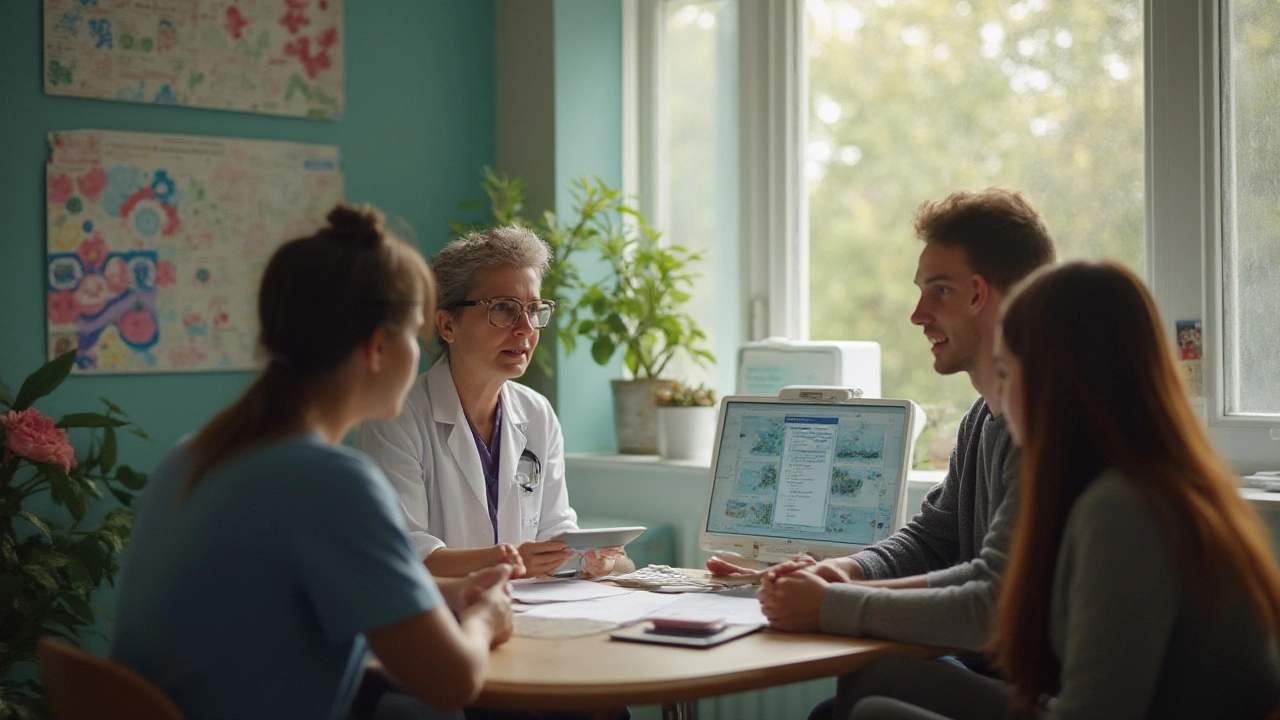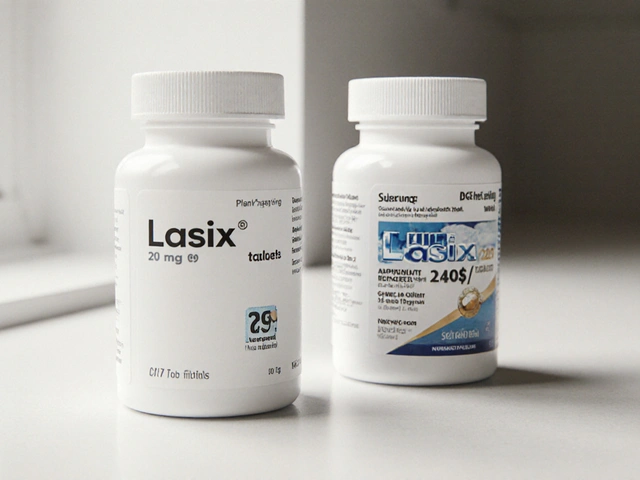Culture-Guided Therapy: What It Means and Why It Matters
Culture-guided therapy means picking medicine based on a lab test that grows the germ causing your infection and checks which drugs kill it. It sounds technical, but the idea is simple: treat the exact bug you have, not a guess. That reduces side effects, lowers the chance the drug won’t work, and helps stop antibiotic resistance from spreading.
When to expect culture-guided care
Doctors usually order cultures when the infection is serious, unusual, or hasn’t improved with a first round of treatment. Common places cultures come from: urine, throat, wound swabs, blood, or sputum. For routine mild infections, providers often start an educated guess antibiotic and change it later if the culture says otherwise.
How the process works — plain steps
First, a sample is collected. Clean sampling matters: if a urine or wound sample is contaminated, the lab can grow the wrong bacteria. Labs then identify the organism and run sensitivity tests. You’ll see results like S (sensitive), I (intermediate), or R (resistant) next to each drug. S means that drug should work; R means don’t use it.
Timing matters. Cultures usually take 24–72 hours. If you’re already on an antibiotic that helps, your doctor might keep it. If not, they’ll switch to a targeted option the lab recommends.
Reading the report? Ask your clinician these direct questions: “Which antibiotic is listed as sensitive?” “Is that drug safe for me, given my health and other meds?” “How long should I take it?” Your provider should explain trade-offs — some sensitive drugs aren’t ideal because of side effects or cost.
Why this beats guessing: targeted therapy reduces unnecessary exposure to broad-spectrum antibiotics, which are often the culprits behind gut problems and resistant bacteria. It also improves chances of clearing the infection faster.
Common pitfalls: samples taken after antibiotics start may show fewer germs and give confusing results. Some infections are hard to culture (like certain fastidious bacteria or viruses), so decisions then rely on clinical judgment and other tests.
Practical tips for patients
- If possible, ask for a culture before starting antibiotics — especially for recurrent or serious infections.
- Follow sampling instructions exactly: midstream urine, clean wound swab, or proper sputum collection make a big difference.
- Don’t stop an antibiotic early just because you feel better — finish the prescribed course unless your doctor says otherwise.
- If you buy meds online, make sure the prescription matches the culture report and use a licensed pharmacy. Never self-treat a resistant infection with leftover drugs.
- Keep a copy of the lab report so any provider you see next can make informed choices.
Culture-guided therapy isn’t always possible, but when it is, it usually leads to smarter, safer treatment. Ask questions, keep records, and work with your clinician to use the lab results — that’s the quickest route to getting the right drug for your infection.
Discover doctor-approved amoxicillin alternatives, including culture-guided options, and understand resistance patterns for effective infection treatment.
View Details

